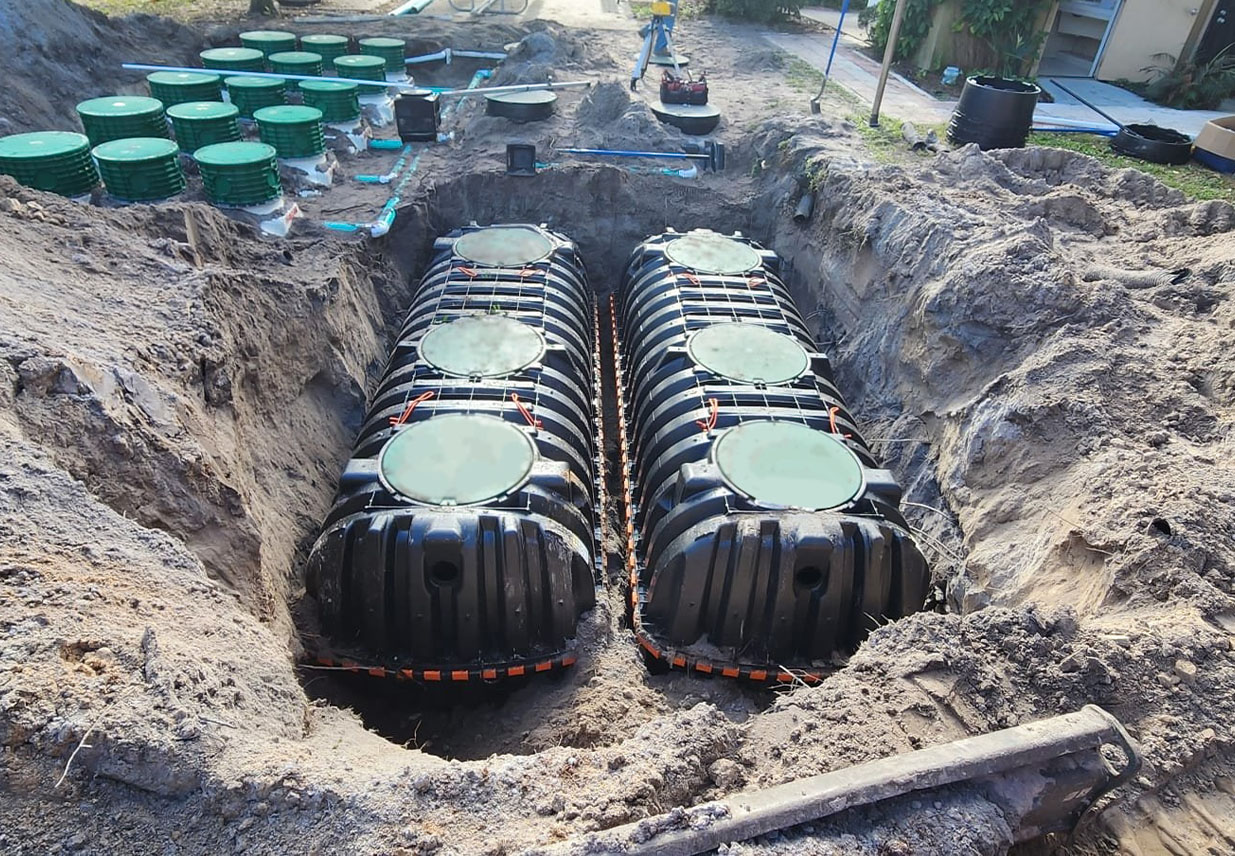Introduction
Septic systems are a vital component of many homes, particularly in rural Ace Septic & Waste areas where municipal sewage services are not available. However, like any system, they can develop problems over time. Detecting these issues early can save homeowners significant amounts of money and hassle. In this comprehensive guide, we'll explore how to detect problems before they require major repairs in your septic system. From understanding the signs of trouble to preventative measures like septic tank pumping, we’ll cover everything you need to know.
Understanding Your Septic System
What is a Septic System?
A septic system is an underground wastewater treatment structure used in areas without centralized sewer systems. It typically consists of a septic tank and a drain field, where waste is treated naturally.
Components of a Septic System
- Septic Tank: A watertight container that holds wastewater for treatment. Drain Field: A series of trenches filled with gravel or sand, allowing effluent to percolate into the soil. Soil: Acts as a natural filter for treated effluent.
How Does a Septic System Work?
The septic tank separates solids from liquids. The solids settle at the bottom as sludge while lighter materials float to the top as scum. The liquid effluent flows into the drain field for further treatment by soil microorganisms.
Importance of Regular Maintenance
Regular maintenance, including septic tank pumping, is essential for preventing clogs and ensuring efficient operation. Neglecting your septic system can lead to costly repairs down the line.
Signs Your Septic System May Be Failing
1. Slow Drains
If you notice that sinks or toilets are draining slowly, it may be an early sign that your septic system is struggling.
What Causes Slow Drains?
- Clogs in pipes Full septic tank Problems with the drain field
2. Unpleasant Odors
Foul smells around your property can indicate that waste is leaking or that your septic tank is full and needs pumping.
How to Detect Problems Before They Require Major Repairs in Your Septic System
Detecting problems early can save you from major repairs later on. Here are some practical tips:
1. Regular Inspections
Schedule regular inspections every 1-3 years by professionals like Ace Septic & Waste. They can identify potential issues before they escalate.
2. Monitor Water Usage
Keeping track of your water usage helps you identify unusual spikes that could signal a problem with your septic system.
Common Issues in Septic Systems
1. Clogs and Blockages
Clogs can occur in various parts of the system, leading to slow drains or backups.
Solutions:
- Regular pumping Avoid flushing non-biodegradable items
2. Tree Root Intrusion
Tree roots can infiltrate pipes leading to blockages or damage.
Prevention:
- Maintain distance between trees and your septic system
Septic Tank Pumping: A Key Maintenance Task
Pumping your septic tank regularly helps avoid buildup of sludge and prevents backups.
How Often Should You Pump Your Septic Tank?
Generally, it’s recommended every 3-5 years depending on usage and size of the tank.
Benefits of Regular Pumping:
- Reduces odors Prevents costly repairs Ensures efficient operation
DIY Checks You Can Perform Monthly
1. Inspect the Drain Field
Look for any signs of wet areas or standing water which might indicate drainage issues.
2. Check for Gurgling Sounds
Gurgling noises from plumbing fixtures suggest air trapped in pipes due to blockages.
Professional Help: When to Call an Expert?
While some checks are DIY-friendly, certain issues require professional intervention:
Signs You Need Professional Help:
- Frequent backups Persistent odors Wet areas around the drain field
Professionals like Ace Septic & Waste can provide thorough inspections and necessary repairs.
FAQs About Septic Systems
Q1: How often should I pump my septic tank?
A: Typically every 3-5 years, but it varies based on usage and household size.
Q2: What should I avoid flushing down my toilet?
A: Non-biodegradable items such as wipes, feminine products, and grease should never be flushed.

Q3: Can I plant trees near my septic system?
A: It's best to keep trees at least 10 feet away from your septic system to prevent root intrusion.
Q4: How do I know if my drain field is failing?
A: Look for standing water or lush vegetation over the area compared to surrounding soil.
Q5: What happens during a septic inspection?
A: A professional inspects all components of your system, checking for clogs, leaks, and overall functionality.
Q6: Is it okay to use chemical cleaners in my plumbing?
A: It's advisable to avoid harsh chemicals as they can disrupt the balance of microorganisms necessary for proper waste breakdown in your septic tank.
Conclusion
Maintaining your septic system doesn’t have to be daunting if you know what signs to look for and how often you should carry out maintenance tasks like septic tank pumping. By taking proactive steps—such as regular inspections with experts like Ace Septic & Waste—you'll catch problems before they require major repairs down the line. Remember, a well-maintained septic system protects not just your property but also preserves the environment by ensuring proper waste disposal. Don’t wait until it's too late; start monitoring your system today!
This article serves as a comprehensive guide on how to detect problems before they require major repairs in your septic system while providing valuable insights about maintenance practices such as regular pumping and inspections.